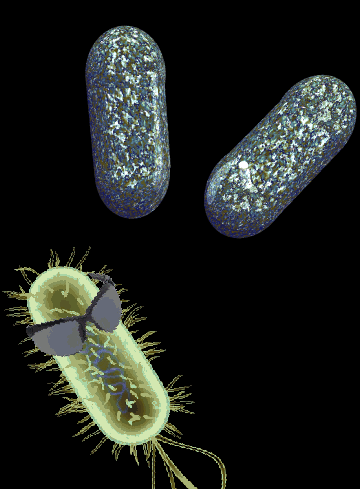Phages kill superbug resistance

Hospitals, especially intensive care units and surgical wards, are teeming with bacteria, some of which are resistant to antibiotics.
Superbug infections are difficult and expensive to treat, and can often lead to dire consequences for the patient.
However, new studies appear to have discovered how to revert antibiotic-resistance in one of the most dangerous superbugs.
The strategy involves the use of bacteriophages (also known as ‘phages’), which are viruses that only kill bacteria, having no effect on humans.
A team from Monash University has investigated phages that can kill the world’s leading superbug, Acinetobacter baumannii, which is responsible for up to 20 per cent of infections in intensive care units.
“We have a large panel of phages that are able to kill antibiotic-resistant A. baumannii,” says senior author Dr Jeremy Barr.
“But this superbug is smart, and in the same way it becomes resistant to antibiotics, it also quickly becomes resistant to our phages.”
However, in recent work, the team has been able to identify how the superbug becomes resistant to attack from phages, and in doing so, loses its resistance to antibiotics.
“A. baumannii produces a capsule, a viscous and sticky outer layer that protects it and stops the entry of antibiotics,” said researcher Dr Gordillo Altamirano.
“Our phages use that same capsule as their port of entry to infect the bacterial cell.
“In an effort to escape from the phages, A. baumannii stops producing its capsule; and that’s when we can hit it with the antibiotics it used to resist.”
The study showed resensitisation to at least seven different antibiotics.
“This greatly expands the resources to treat A. baumannii infections,” Dr Barr said.
“We’re making this superbug a lot less scary.”
Even though more research is needed before this therapeutic strategy can be applied in the clinic, the prospects are encouraging.
“The phages had excellent effects in experiments using mice, so we’re excited to keep working on this approach,” said Dr Altamirano.
“We’re showing that phages and antibiotics can work great as a team.”








 Print
Print